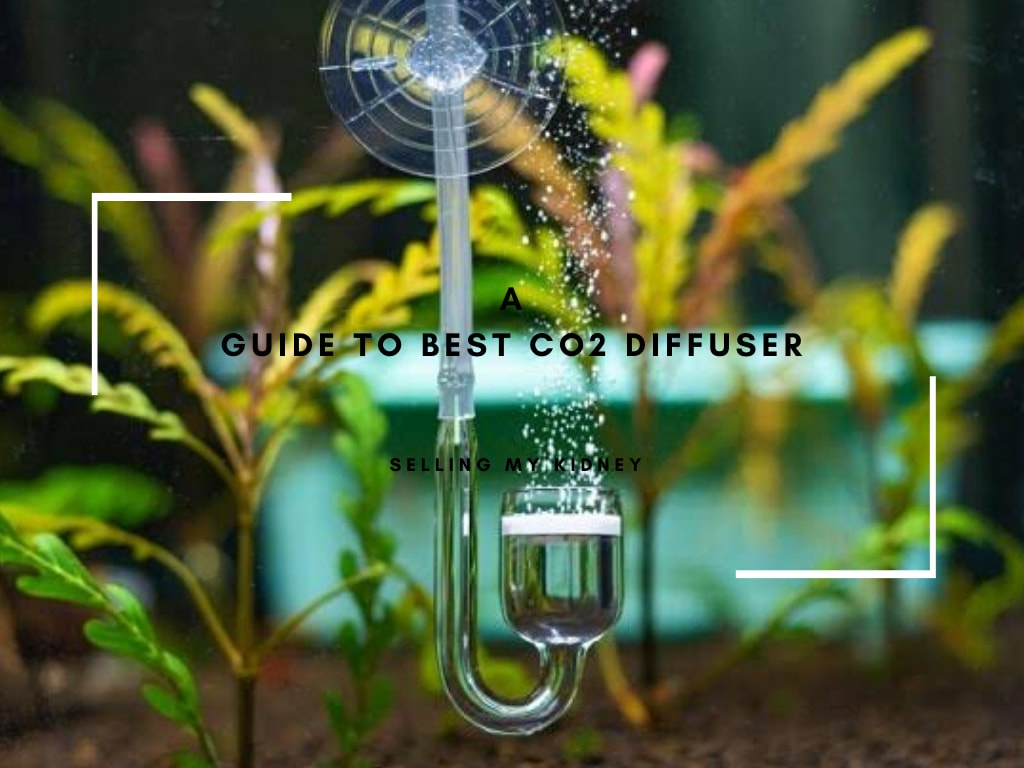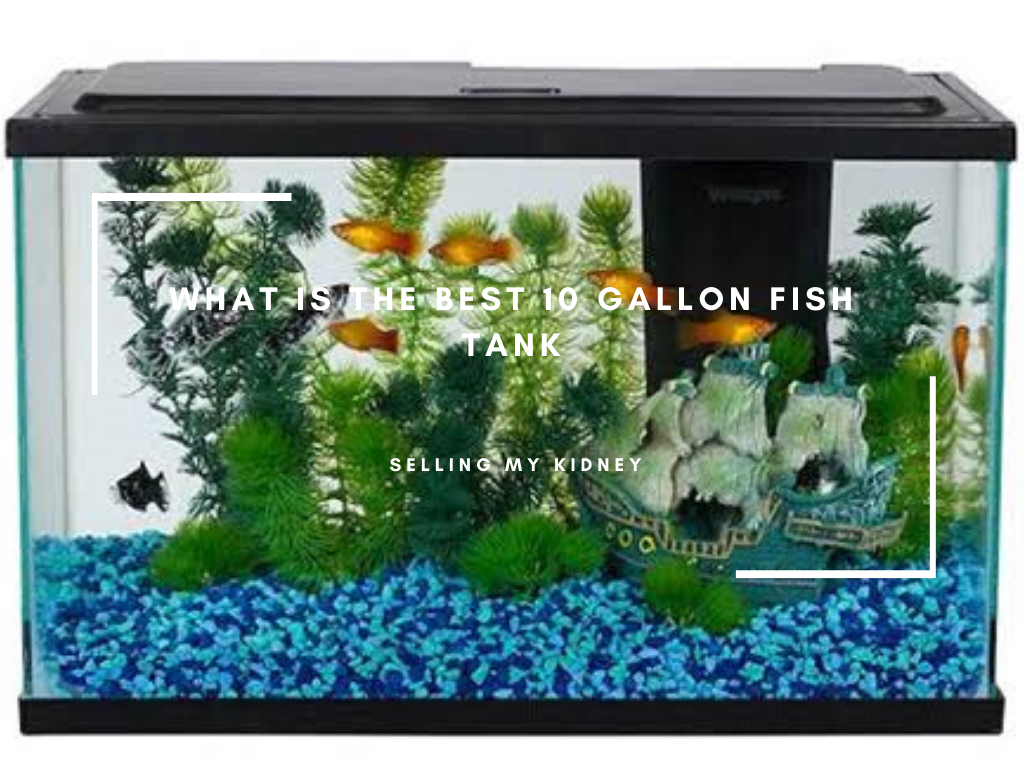If your aquarium filter breaks, it can be a stressful situation.
Act quickly and take the necessary steps to ensure your fish stay healthy and safe.
Here are some tips on what you should do:
- Turn off the power supply for safety reasons.
- Remove any debris inside the tank with an algae scraper or net.
- Check if anything is blocking or clogging up the inlet/outlet pipes. this could cause water flow problems affecting filtration efficiency.
- Finally, replace broken parts as soon as possible so that normal operation resumes.
I think having spare filters available is essential – they provide backup when needed most!
How To Identify A Broken Aquarium Filter?
Identifying a broken aquarium filter can be tricky, but there are some key signs to look out for.
- Check the water quality; if it is cloudy or has an unpleasant smell, it could indicate that your filter isn’t working properly.
- Secondly, listen carefully – does the motor sound like it’s struggling? If so, you may need to replace your filter as soon as possible!
- Inspect all system parts: Are any hoses cracked or blocked? Is anything leaking from pipes and connections?
- Note how often you have cleaned and replaced components such as sponges/cartridges. These should be done every few weeks to keep things running smoothly.
If any (or all) of these points apply, then chances are high that something needs fixing with your aquarium’s filtration system!
Steps To Take When Your Aquarium Filter Breaks?
When your aquarium filter breaks, it’s important to take the right steps to keep your fish healthy and safe.
Here are some tips:
- Check for any visible damage or debris blocking the flow of water through the filter. remove anything you find with a pair of tweezers or another tool if necessary.
- Ensure all connections between parts are secure and tight – including hoses, tubes, and power cords/plugs into outlets!
- Clean out any accumulated dirt from inside components using an old toothbrush (or similar) dipped in tank water – don’t use soap! This will help ensure proper filtration is taking place again once everything has been reassembled correctly after repairs have been made (if needed).
- Replace worn-out media, such as activated carbon pads which can become clogged over time. That’s due to buildup on them from organic matter like uneaten food particles and waste products produced by fish living within their environment. These need regular replacing anyway. SoSo now is a good opportunity to do that while fixing up broken bits elsewhere around the system itself.
- If there appears to be no obvious cause, contact the manufacturer directly. Who should advise what could be wrong, plus how best to repair the issue without causing further harm either way!
Temporary Solutions For A Broken Aquarium Filter?
A broken aquarium filter can be a big problem.
Fortunately, there are some temporary solutions that you can use to keep your tank clean and healthy until the filter is fixed or replaced.
Here’s what you need to know:
- Change water more often – This will help reduce ammonia levels in the tank while keeping it free of debris and other contaminants. It would help if you did partial water changes every few days (25-50%) depending on how dirty the tank is getting;
- Use an air pump with an airstone – An air pump helps oxygenate the water, which keeps fish healthier for longer periods without filtration;
- Add live plants – Live aquatic plants act as natural filters by absorbing nutrients from waste products like nitrates and phosphates;
- Utilize chemical media such as activated Carbon – Activated carbon absorbs toxins, odours, discolouration, etc.
- Install a sponge pre-filter over the intake tube/pump – A sponge pre-filter catches large particles before they enter into your main filter system, thus reducing strain on mechanical components within it;
- Increase surface agitation using powerheads or wave makers. Agitating surface increases the gas exchange between the atmosphere and water column resulting in improved dissolved oxygen concentrations.
Finally, ensure all these steps are taken only temporarily until a permanent solution arrives!
How To Replace A Broken Aquarium Filter?
Replacing a broken aquarium filter is important to keeping your fish healthy and happy.
Here’s how to do it:
- Unplug the power cord from the outlet, then remove any hoses connected to the old filter;
- Take out all media (Carbon, ceramic rings, etc.) that was in use with your previous filter;
- Rinse off new media before placing them into their respective compartments inside the new unit;
- Connect tubing or other accessories as needed for proper operation according to manufacturer instructions;
- Place it back into the tank and plug in the power cord when ready!
Make sure you check water parameters regularly after installation. Hence, everything stays balanced.
Ammonia levels should be at 0 ppm, nitrite at 0 ppm & pH between 6-8, depending on species requirements!
How To Prevent Future Aquarium Filter Breakdowns?
To prevent future aquarium filter breakdowns, it is important to take the following steps:
- Regularly clean and maintain your filters – this includes:
- Cleaning out any debris or dirt that has built up in them.
- Replacing worn-out parts such as sponges and media pads.
- Checking for clogs.
- Making sure that all connections are secure.
- Monitor water quality – regularly test for ammonia levels (which should be 0 ppm) and nitrite/nitrate levels (ideally below 10 ppm). If these become too high, you may need a partial water change or additional filtration equipment like an air pump or protein skimmer.
- Change the filter cartridge every few months – depending on how heavily stocked your tank is with fish will determine how often you need to replace cartridges. Generally speaking, they should last around 3-4 months before needing replacement again! This helps keep bacteria colonies healthy, which can help reduce potential problems down the line from dirty tanks due to lack of oxygenation caused by overstocked conditions leading to poor health amongst inhabitants within the said environment(s).
- Check hoses & tubing periodically – make sure there aren’t any cracks in the housing material used between pumps/filters. So no leaks occur when running system components at full capacity.
Final Thoughts: What To Do If Your Aquarium Filter Breaks?
If your aquarium filter breaks, it is important to take action quickly.
First and foremost, you should turn off the power supply for safety reasons.
Then assess what damage has occurred; try to repair or replace any broken parts using a spare part from an online store or pet shop.
If this isn’t feasible, contact a professional who can help with repairs/replacement as soon as possible – don’t wait too long!
In addition, while waiting for the new filter system, keep up with regular water changes to maintain good quality water conditions within your tank environment.
Use test kits regularly to identify potential problems before they become serious.
Finally, investing in high-quality filters will save time and money over the longer term.
That’s because of their durability compared with cheaper alternatives that may need replacing more often than expected!




